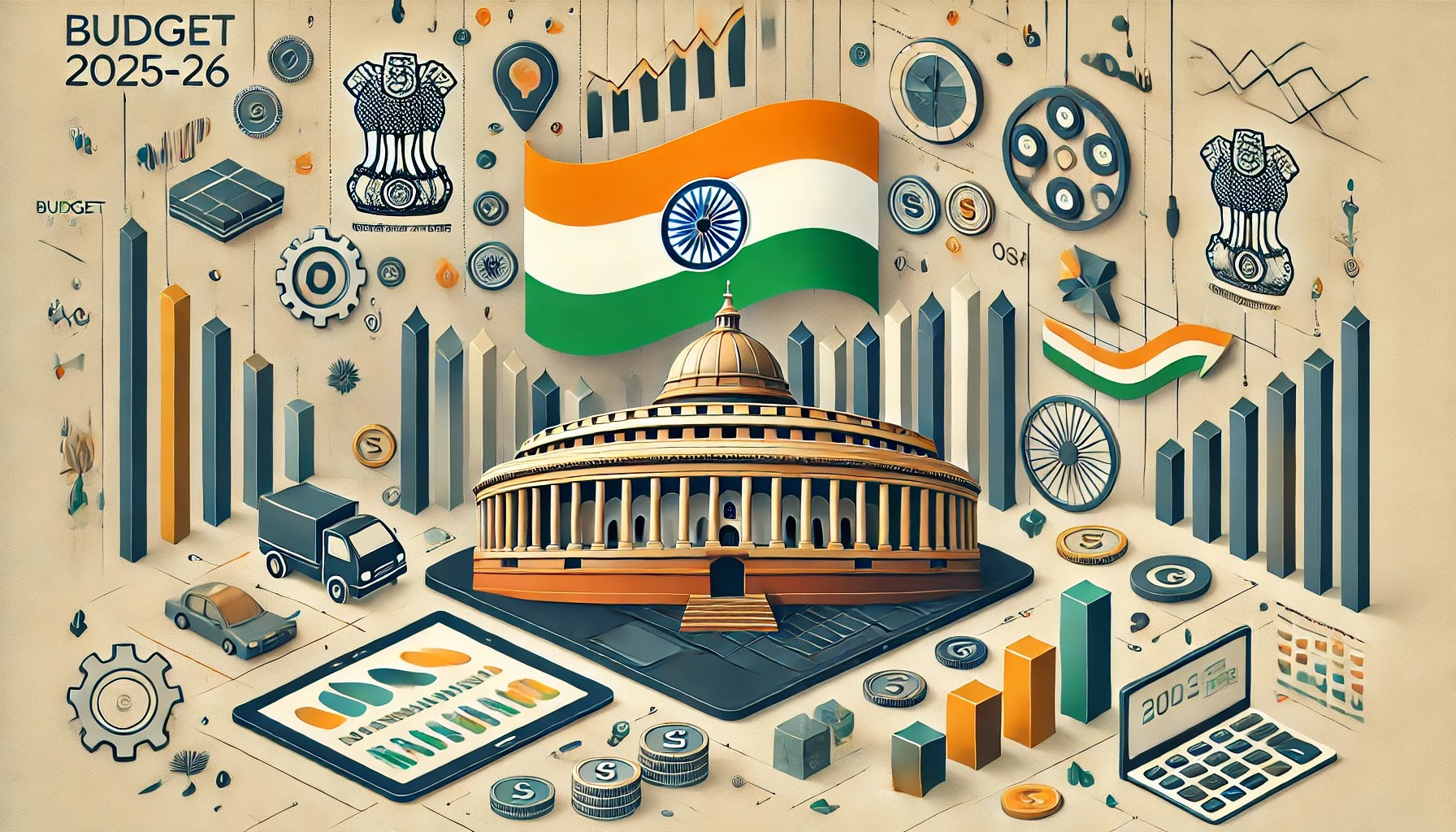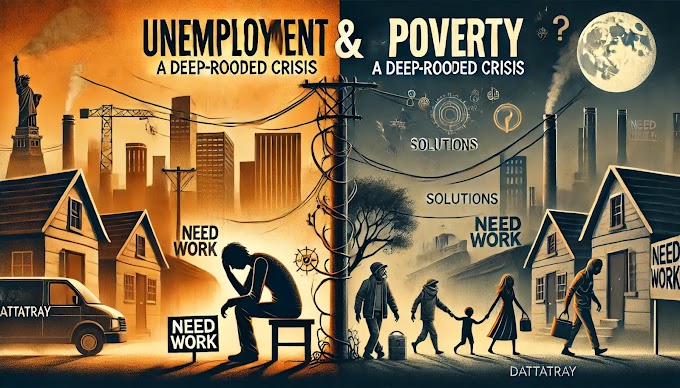Unemployment and Poverty: A Deep-Rooted Social Crisis
Introduction
Unemployment and poverty are two interconnected social issues that impact millions of people worldwide. Both problems create economic and social instability, leading to a decline in living standards, poor health conditions, and reduced educational opportunities. In this blog, we will explore the causes, effects, and solutions to unemployment and poverty with relevant statistics and case studies.
Understanding Unemployment
Unemployment refers to the condition where individuals who are willing and able to work cannot find suitable employment opportunities. It is measured as a percentage of the labor force that is jobless but actively seeking work.
Types of Unemployment:
- Frictional Unemployment – Temporary unemployment during job transitions.
- Structural Unemployment – Caused by changes in industries or technological advancements.
- Cyclical Unemployment – Linked to economic downturns and recessions.
- Seasonal Unemployment – Due to seasonal demand in industries like agriculture and tourism.
- Underemployment – When workers are employed in jobs below their skill level or work fewer hours than desired.
Global Unemployment Statistics (2024):
- The Global Unemployment Rate is around 5.2% (as per the World Bank).
- Youth unemployment (ages 15-24) stands at 14% globally.
- In developed countries like the USA, the unemployment rate is around 3.8%, while in developing countries like India, it fluctuates between 7% and 8%.
- Africa has the highest unemployment rate, exceeding 30% in some regions.
📊 Unemployment Leading to Poverty
Understanding Poverty
Poverty is the state of lacking access to essential resources such as food, shelter, education, and healthcare. It is often classified into two categories:
- Absolute Poverty: Living below a fixed minimum standard, often defined by the World Bank as earning less than $2.15 per day.
- Relative Poverty: Lacking the minimum income needed to maintain an average standard of living in a given society.
Global Poverty Statistics (2024):
- Over 700 million people worldwide live in extreme poverty.
- Sub-Saharan Africa and South Asia account for over 60% of the world's poor.
- 85% of the world's poor live in rural areas.
- The global poverty rate has declined from 36% in 1990 to about 9% today, but COVID-19 and economic recessions have slowed progress.
The Link Between Unemployment and Poverty
Unemployment directly contributes to poverty, as joblessness leads to a lack of income, making it difficult to afford basic necessities. Families with unemployed members experience:
- Reduced access to healthcare and education
- Poor living conditions and homelessness
- Increased crime rates and social unrest
- Higher dependency on government assistance
📈 Global Unemployment & Poverty Data (2024)
| Region | Unemployment Rate | Poverty Rate |
|---|---|---|
| Global Average | 5.2% | 9% |
| USA | 3.8% | 10% |
| India | 7.5% | 22% |
| Africa | 30% | 40% |
Causes of Unemployment and Poverty
📊 Poverty Causes - Pie Chart
1. Lack of Education and Skills
Many job seekers lack the necessary qualifications and skills to match industry demands, leading to high unemployment rates.
2. Economic Recessions
During economic downturns, businesses shut down or reduce workforce, leading to mass layoffs.
3. Technological Advancements
Automation and AI have replaced many manual jobs, leaving workers unemployed.
4. Political Instability and Corruption
Weak governance, corruption, and lack of policies hinder job creation.
5. Overpopulation
In many developing countries, population growth surpasses job availability, leading to unemployment.
6. Discrimination in Employment
Women, ethnic minorities, and disabled individuals often face discrimination in hiring and wages.
Solutions to Reduce Unemployment and Poverty
📉
1. Education and Skill Development
Investing in vocational training and higher education can equip people with skills that match industry needs.
2. Government Policies for Job Creation
Governments must implement economic reforms, incentivize businesses, and invest in infrastructure to generate employment opportunities.
3. Entrepreneurship and Small Businesses
Encouraging startups and self-employment can create new jobs and boost economic growth.
4. Minimum Wage and Labor Rights Protection
Implementing fair wages and protecting workers’ rights ensures financial security.
5. Technological Adaptation and Training
Rather than replacing jobs, technology should be used to create new opportunities through training programs.
6. Social Welfare Programs
Providing financial aid, food security, and housing assistance can help lift people out of poverty.
Conclusion
Unemployment and poverty are major challenges that require a multi-dimensional approach for resolution. Governments, businesses, and individuals must work together to provide education, create jobs, and ensure fair wages. By addressing these issues effectively, we can build a more equitable and prosperous society for all.







.png)

.png)


.png)
0 Comments